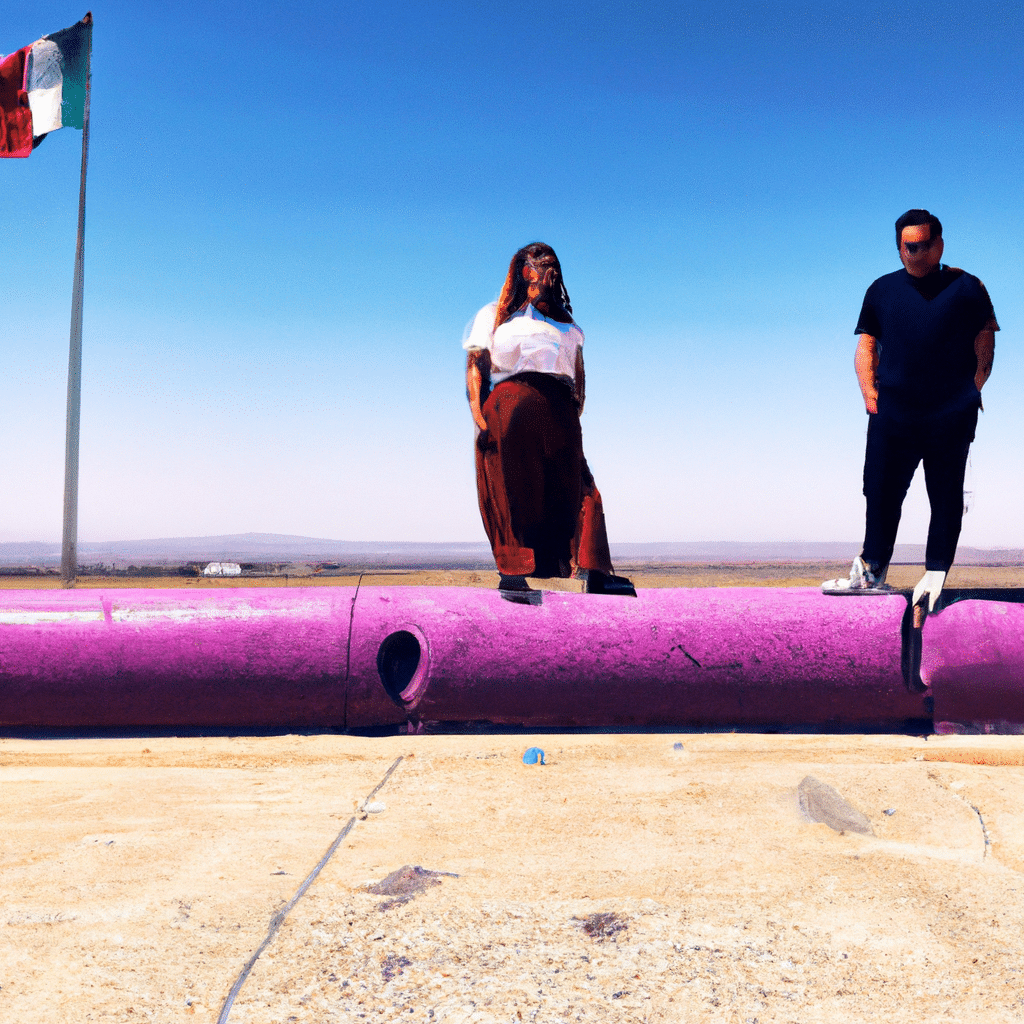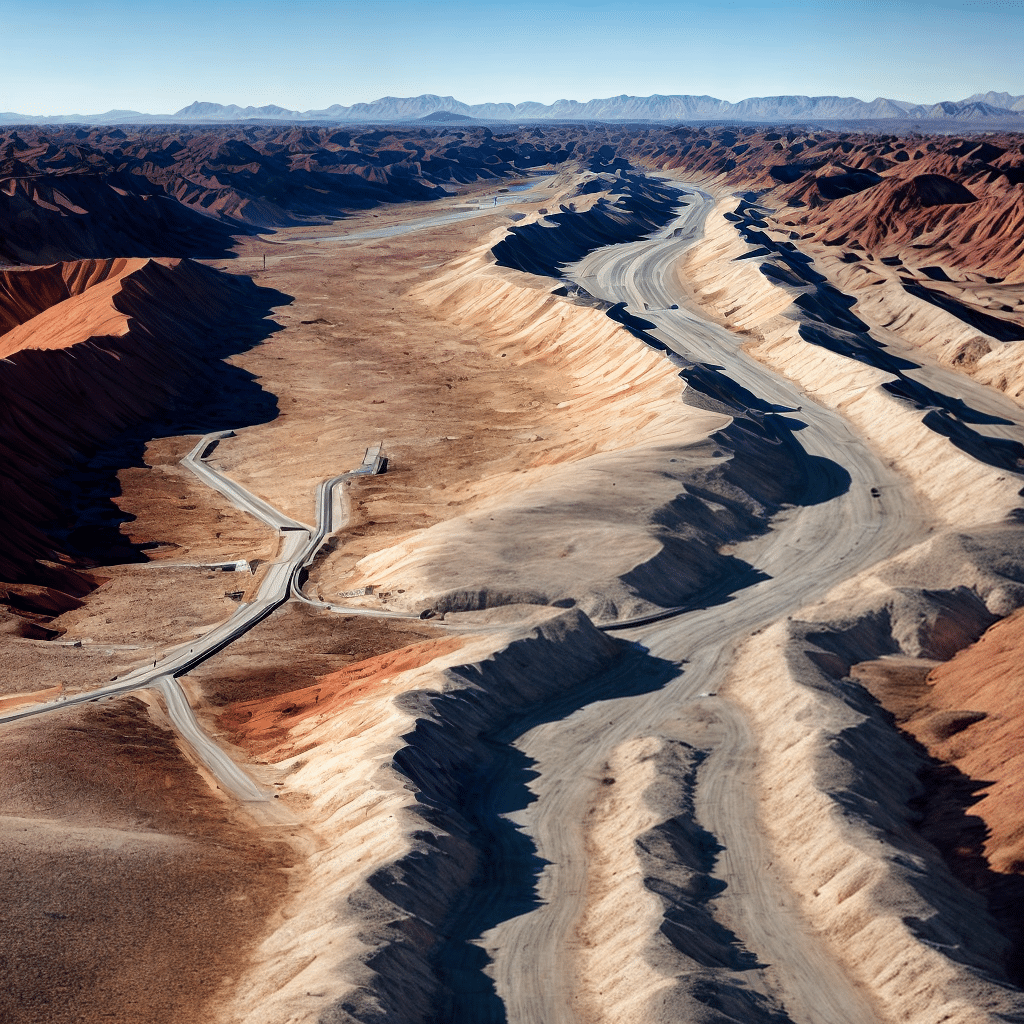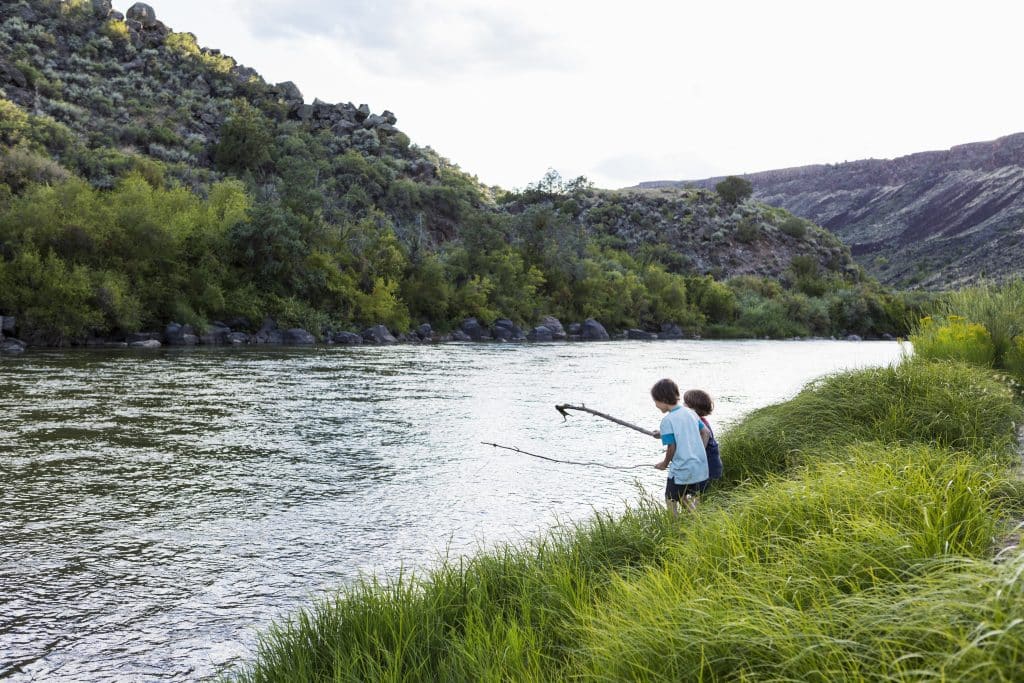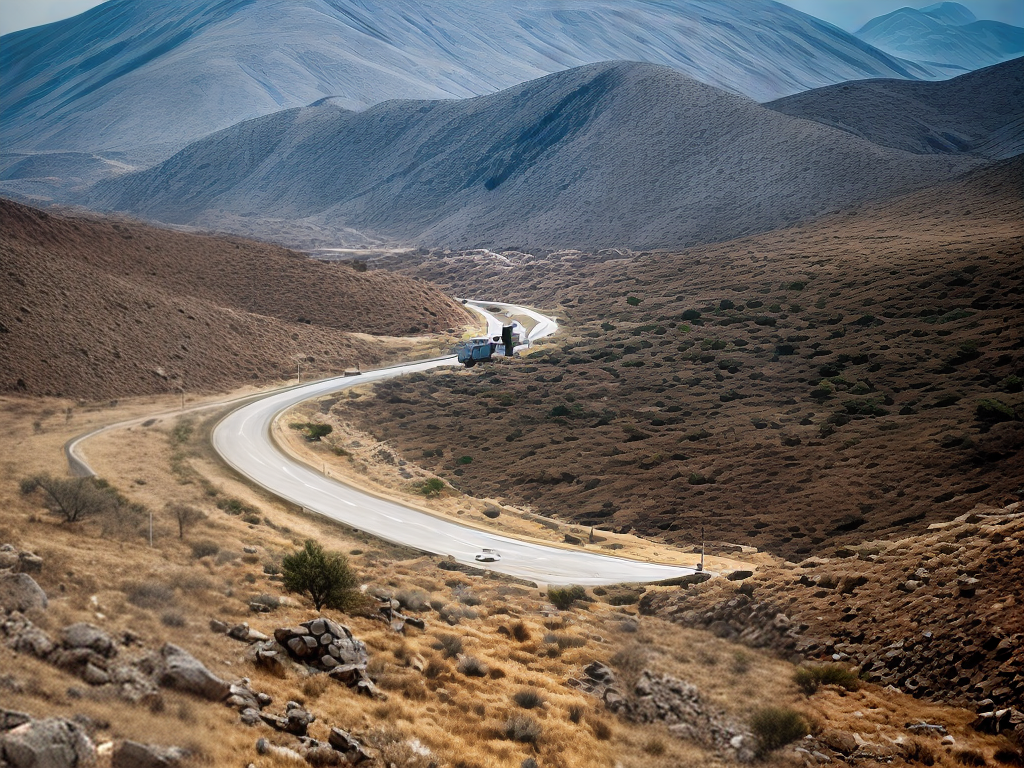
The US-Mexican border is often associated with negative stereotypes and misconceptions. However, beyond the headlines and political rhetoric lies a rich tapestry of diverse cultures, fascinating history, and hidden gems waiting to be discovered. In this article, we will delve into the lesser-known aspects of the US-Mexican border region, shedding light on the vibrant cultural heritage that often goes unnoticed. Join us as we explore the hidden treasures that defy stereotypes and showcase the true beauty of this borderland.
A Melting Pot of Cultures
Contrary to popular belief, the US-Mexican border is not a monolithic entity but a melting pot of diverse cultures. The region is home to a mosaic of ethnicities, including Mexican, Native American, Anglo-American, and many others. Each culture contributes its unique traditions, art forms, and culinary delights, creating a vibrant tapestry of diversity.
From the vibrant colors of traditional Mexican folk art to the intricate beadwork of Native American crafts, the art scene along the US-Mexican border is a feast for the eyes. Local artists draw inspiration from their cultural roots, infusing their work with a sense of identity and storytelling. Galleries and art festivals showcase these talents, providing a platform for artists to share their stories and challenge stereotypes.
The culinary scene along the border is equally diverse and tantalizing. From mouthwatering tacos and enchiladas to Native American fry bread and Tex-Mex fusion dishes, the gastronomy of the region reflects its multicultural heritage. Local eateries and food festivals celebrate these flavors, inviting visitors to savor the unique blend of traditional recipes and contemporary twists.
Language is another fascinating aspect of the border culture. Alongside English and Spanish, indigenous languages such as Navajo, Yaqui, and Tohono O’odham are spoken, preserving ancient traditions and connecting communities to their ancestral roots. Language festivals and cultural events provide opportunities to celebrate and learn about these linguistic treasures.
Rich History and Heritage
The US-Mexican border is steeped in history, with each border town and city holding its own unique stories. From ancient indigenous civilizations to the Spanish conquest and American expansion, the region’s history is a tapestry of triumphs, struggles, and cultural exchange.
The border region is home to numerous archaeological sites that offer a glimpse into the ancient civilizations that once thrived here. From the ruins of Paquimé in Mexico to the ancient cliff dwellings of Mesa Verde in the United States, these sites bear witness to the ingenuity and resilience of the indigenous people who inhabited the region long before the arrival of European colonizers.
The missions and presidios built by Spanish colonizers in the 17th and 18th centuries serve as a testament to the region’s colonial past. These architectural marvels blend European and indigenous influences, showcasing the cultural fusion that occurred during the Spanish rule. Today, many of these missions have been restored and transformed into museums, inviting visitors to step back in time and learn about the complex history of the borderlands.
The border region played a significant role in the American expansion westward. Historic sites such as the Alamo in San Antonio, Texas, and the Presidio in San Francisco, California, commemorate pivotal moments in the shaping of the United States. Exploring these sites provides a deeper understanding of the challenges and triumphs that shaped the nation’s identity.
Natural Wonders and Outdoor Adventures
Beyond its cultural heritage, the US-Mexican border region boasts breathtaking natural wonders and opportunities for outdoor exploration. From rugged deserts to lush forests, the landscape is as diverse as its cultural tapestry.
The Chihuahuan Desert, stretching across the borderlands, is a unique ecosystem teeming with life. Exploring its vast expanse reveals a surprising abundance of flora and fauna, including iconic species such as the roadrunner, javelina, and desert marigold. National parks and protected areas provide opportunities for hiking, birdwatching, and wildlife photography.
The Rio Grande, the lifeline of the border region, offers a variety of recreational activities. From canoeing and kayaking to fishing and river rafting, the river provides ample opportunities for outdoor enthusiasts to immerse themselves in its beauty. The surrounding landscapes, with their towering canyons and scenic vistas, make for unforgettable adventures.
The border region is also a paradise for birdwatchers, with its location along the migratory routes of numerous bird species. From the majestic sandhill cranes in Bosque del Apache, New Mexico, to the colorful hummingbirds in Patagonia, Arizona, birdwatching opportunities abound. Nature reserves and wildlife refuges provide sanctuaries for these feathered wonders, allowing visitors to witness their incredible journeys.
Conclusion
In conclusion, the US-Mexican border region is a hidden gem waiting to be discovered. Beyond the stereotypes and political narratives, lies a tapestry of diverse cultures, rich history, and breathtaking natural wonders. By embracing the true essence of this borderland, we can challenge misconceptions and foster a greater appreciation for the unique cultural heritage that thrives along the US-Mexican border. So, pack your bags and embark on a journey of exploration and understanding, as you unveil the hidden treasures that defy stereotypes and showcase the true beauty of this fascinating region.


